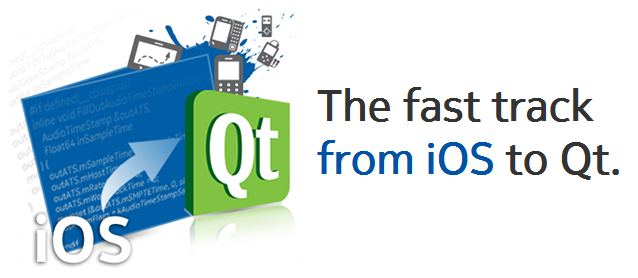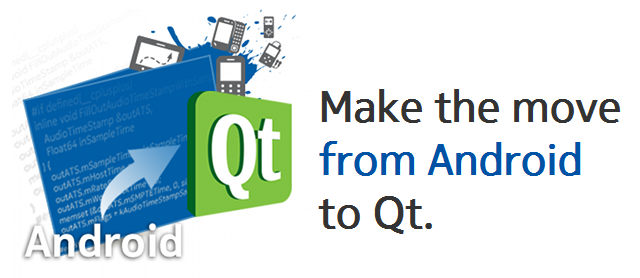When you visit the Nokia Developer API Mapping page, you’ll find tabs for iOS, Android, and Windows Phone 7. On each page, there is a list of parent-level API calls, which can each be expanded to find sub-calls, and so on.
Each API call has a page which links to the equivalent Qt API and its documentation on the Qt developer network. However, many API calls also have extra documentation on the mapping page itself, to educate developers about the call.
As stated on the website:
Browse the APIs by clicking the desired platform version in the tree on the left side of the page and then select the desired framework, class, and method from the tree. To search for a specific API or class type, enter the API or class name in the search box and press Enter or click on the search button.

Nokia also state:
If you are familiar with [iOS/Android] development, this tool assists with porting iPhone or iPad apps to the latest version of the Qt platform delivered in Symbian phones and the Nokia N9 smartphone. Using this tool, you can browse a list of [iOS/Android] API calls and find the equivalent classes and methods offered by Qt. You can also search for a specific [iOS/Android] API call and find the equivalent Qt API call, along with example code and links to the API documentation for both platforms.

In addition to competing platforms, Nokia encourages developers to target their applications at both Qt and Windows Phone 7:
We encourage you to target both Windows Phone and Qt (for Symbian and Nokia N9) to make sure you don't miss business opportunities. Using this tool, you can browse a list of Windows Phone API calls and find the equivalent classes and methods offered by Qt. You can also search for a specific Windows API call and find the equivalent Qt API call, along with example code and links to the API documentation for both platforms.

This veritable Rosetta stone of mobile programming is a smart move from Nokia. One thing that the last five years have shown us is that developers will chose the easiest platform to develop for – regardless of the market share of the platform. Correspondingly, Symbian was regarded as difficult to develop for and so didn’t enjoy as much support as iOS did. This tool should reduce the inertia for developers to port their application across to Qt, or even Windows Phone 7 via Qt.
Source: MyNokiaBlog, via SymbianTweet.
